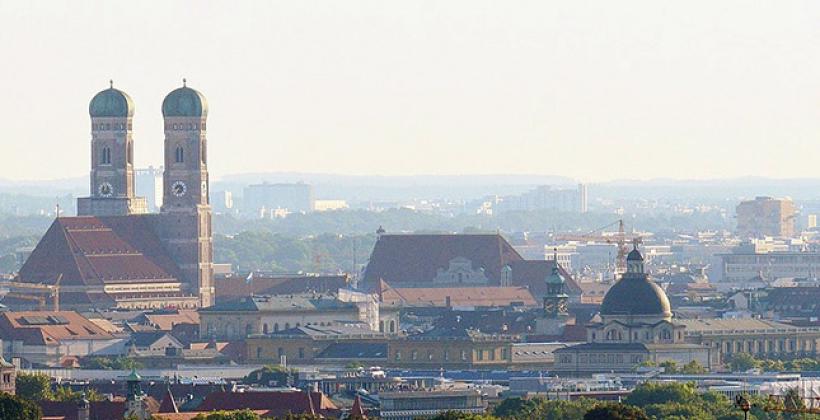
Location
Description
The city of Munich participated in the DIRECTION project that aimed at demonstrating how the use of very innovative and cost-effective energy-efficiency technologies can lead to the achievement of very-low-energy new buildings. This objective, along with the effective adoption of low-energy buildings, was achieved by switching to a model whereby energy efficiency provides value to the market and represents an attractive asset across the whole of the value chain.
The demonstration site, known as NU-office, has 11 000 m² of floor space dedicated to offices and shops. The building was awarded with an international Platinum LEED certificate in Green Building, which for a non-private housing is a unique example. Essential concept components are targeted on the use of environmentally compatible building materials, high-quality ambient air, maximum flexibility of the system reacting to occupancy, and high energy efficiency for heating, cooling, ventilation and lighting.
Demo Site Expected Impact
*The KPIs for the new building are compared with the baseline of a reference building.
As a result of the energy-efficiency and renewable energy sources interventions, the thermal energy decreased by 40 % while the electricity consumption decreased by 9 % compared to the reference building. The biggest share is space heating, which accounts for 32 kWh/m2/yr for the reference building and 19 kWh/m/yr for the DIRECTION building.
The total primary energy demand for the reference building is 70 kWh/m2/yr while the consumption of primary energy for the NU-office building is 42 kWh/m2/yr. This shows a saving of 38 % of primary energy in NU-office – 308 MWh/yr. With regards to the primary energy of electricity, there is a mismatch between the design data based on simulation and the real performance, where the monitoring data shows one-third higher consumption (29 kWh/m2/yr) compared to the design data (19 kWh/m2/yr).
The CO2 emissions are calculated on the basis of CO2 factors provided by the Council Information System of Munich (RIS). The monitored CO2 emissions amount to 133 tonnes per year (12 kgCO2/m²/yr). As a result of interventions undertaken, a total annual amount of 207 tonnes of CO2 can be saved in comparison to the reference building. In relative numbers this is an emissions reduction of 60 %.
Technologies
Buildings and energy
*The KPIs for the new building are compared with the baseline of a reference building.
The technological approach to the NU-office in Munich included the implementation of the following solutions:
Energy efficiency in buildings
- High performance new buildings
- Improved insulation of exterior walls
- Innovative systems engineering
- Optimised daylight concepts
- Triple-glazed windows with highly efficient framing
- External and internal shading systems
- Highly efficient lighting using LED technology
- Heat pump
- Absorption heat pump, powered by district heat, where the heat is extracted from groundwater
- Building integrated renewable energy sources
- Photovoltaics on all roof areas
- Building services (HVAC and lighting)
- Mechanical ventilation and heat recovery - semi-decentralised ventilation units that permit high heat recoveries were implemented, while natural ventilation is also possible with openable windows in the whole building
Energy systems integration
- District heating and cooling
- The district heating and cooling is used in combination with the absorption heat pump, and in cooling periods groundwater is also used for passive cooling
The investment costs associated with energy efficiency and renewable energy sources interventions amount to EUR 5 918 000 and are distributed across the interventions but mainly in windows (EUR 1.2 million), thermal insulation on the outside walls (EUR 1.3 m), building automation system (EUR 0.6 m), highly efficient lighting (EUR 1 m) and the heating system (EUR 1.3 m).
The total final energy savings compared to the reference building are 143 MWh per year. The respective energy cost savings are EUR 29 581 per year with the reference building as baseline. This results in a payback period of 19 years. The calculation of the payback period ignores the financial gains due to differences in rent, which can result in a lower payback period.
Building aspects
- Building Energy Services
- cooling (only)
- Building Energy Services
- heating (only)
- Installed Renewable Energy Sources
- photovoltaic - building integrated
- Technology used to supply the buildings
- district cooling (DC) network
- Technology used to supply the buildings
- district heating (DH) network
- Technology used to supply the buildings
- heat pump: compression
Thematic Field
- New Building(s)
